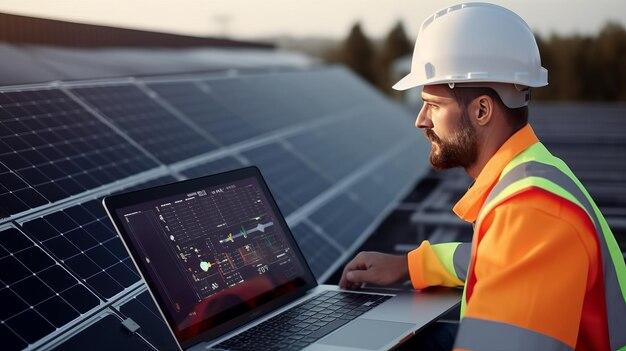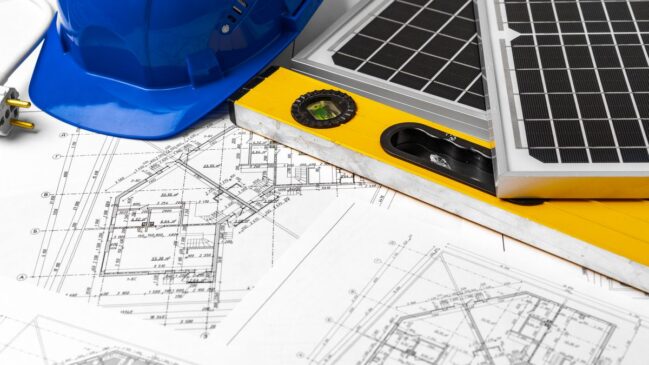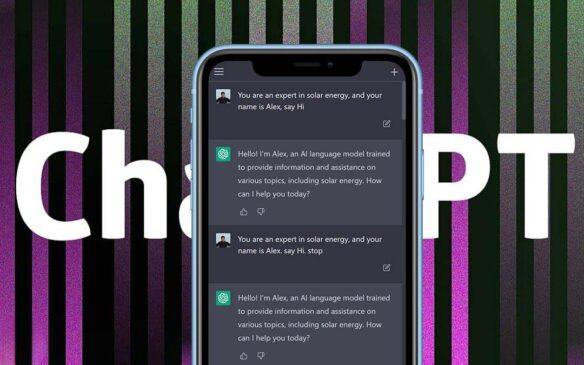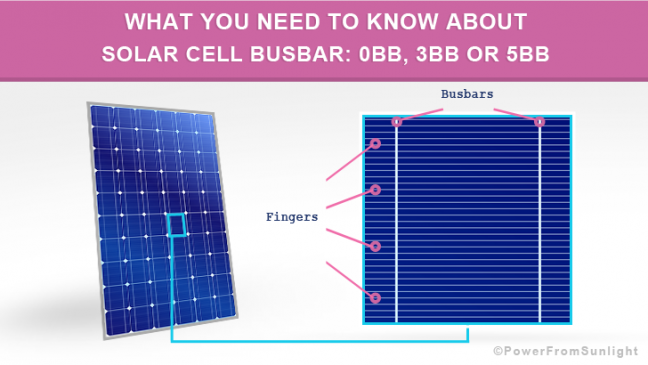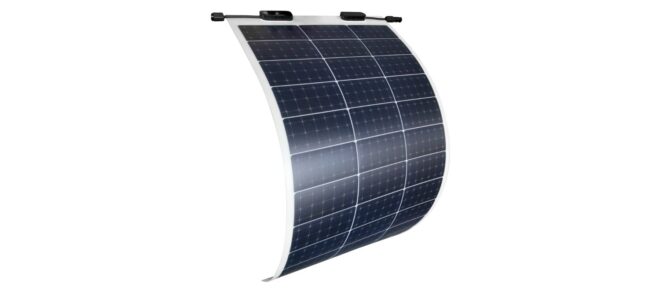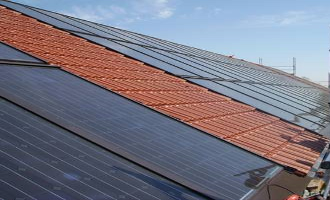
Where Is The Best Place to Install your Solar PV system? (Advantages and Disadvantages of each type of installation)
Photovoltaics is not only the best renewable Energy Source (read this article), but the best solar energy technology too (read this article).
For anyone who is planning a solar PV system? First of all, you will need a suitable surface on which the solar plant can be installed. Here are some different possibilities for consideration.
Installation Types
Roof
An ideal place to install a solar PV system are roofs where: the surfaces are already available and are not used in whole or in part for other purposes and due to their high positioning, the shadow effect is relatively low.
Which roofs are suitable for a solar PV system?
Pitched roof construction

With the widespread of pitched roofs, the owners can find ideal conditions for the installation of a solar PV system. With suitable a PV mounting system, the solar modules can be installed on the roof in parallel with the roofing.
The old roof covering can remain unchanged and will not lose its function as weather protection and thermal insulation.

For pitched roofs, in addition to the rooftop solar installation, there is the so-called roof-integrated installation. In this case, the PV panels flush with the existing roofing and replace it partly.
When it comes to new buildings, the solar modules can also assume the function of the roof. They offer, in addition to their solar power production, weather protection for the house. Here we are referring to building-integrated photovoltaics (BIPV).
A disadvantage of roof-integrated installations is the higher costs, and the yield, which is lower by about 5 % in comparison with rooftop solar installations.
Flat roof construction

A flat roof offers excellent installation possibilities for solar PV systems. In contrast to pitched roofs, neither the roof pitch angle nor the cardinal direction of these roofs is fixed. Therefore, the optimal orientation of solar modules can be determined freely.
Regardless of whether it is a pitched or flat roof, the roof construction in terms of its statics must be suitable for the installation of the solar PV systems.
The additional load due to the weight of the PV mounting system and the solar modules can be up to 20 kg/m2. Possible wind and/or snow loads must be considered too. In case of any doubt, a structural analysis test should be created.
What should you do if you do not have your own roof?
Even if you do not own your roof, there are options. More and more frequently interested parties get together to form so-called operating companies to operate a solar PV system jointly.
For this purpose, suitable roof areas can be rented from the municipality. In this context, some important points have to be considered, such as the insurance for the solar PV system and the entries in the land register.
Also, there are various providers of so-called ʻphotovoltaic systems for balconiesʼ. This consists of one or a small number of solar modules, and a solar micro inverter, and it enables the direct feeding of solar power into the household net.
Open space

In order to install larger solar PV systems, open spaces are also frequently used.
Here, there is a conflict of interest of different groups. On the one hand, people see that open areas are ideal for installing larger solar PV systems because these can be achieved at cost-effective prices, need very low maintenance, and can be ideal oriented.
On the other hand, people refuse the use of these spaces and put forward arguments such as the impact on the landscape, and land sealing. Priority should be given to the open spaces, which cannot be used for other purposes e.g. conversion areas.
Building-integrated system

There are still opportunities to integrate a solar PV system into a building. Photovoltaic modules can also be used as facade components, canopies or anything like this. This is called building-integrated photovoltaics (BIPV).
Comparison Chart
The following table summarizes the advantages and disadvantages of each place where there can be an installation
| Installation types | Advantages | Disadvantages |
| Pitched roof
|
|
|
| Flat roof
|
|
|
| Open space
|
|
|
| Building-integrated photovoltaics |
|
|

